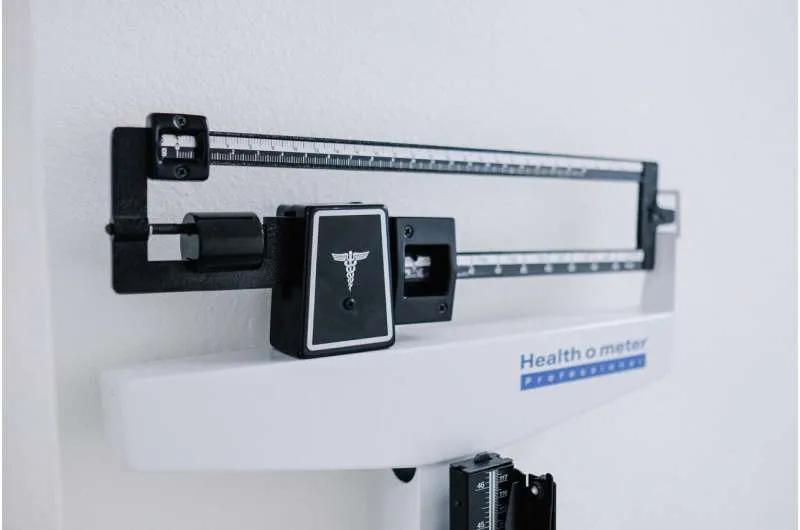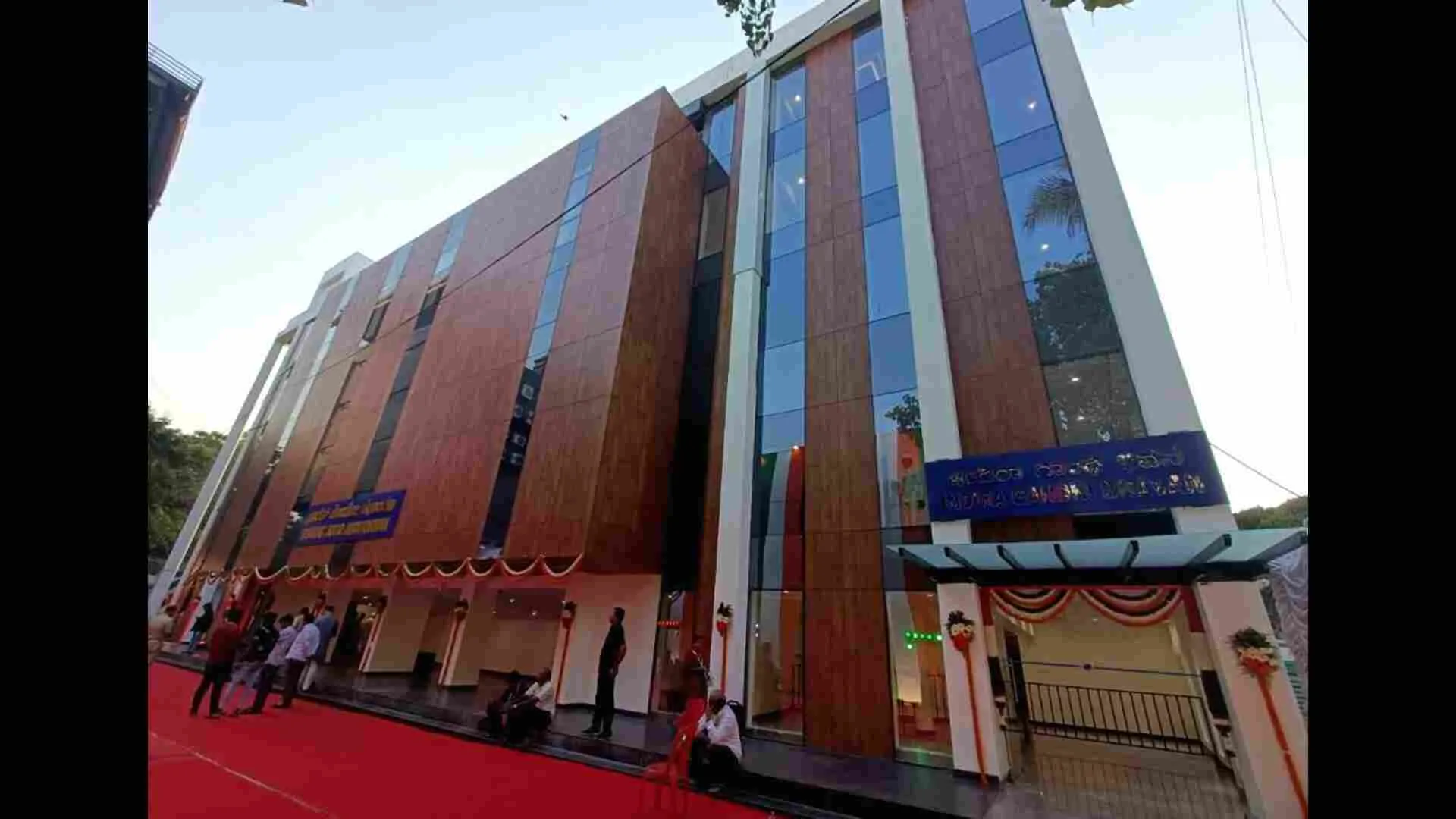A 73 -year-old male morbidly obese patient (class III obesity) with BMI of 44 from Dubai, with history of Type 2 diabetes mellitus, hypertension and depression complained of dyspnea on exertion and had great difficulty in walking even few steps without being breathless. He was admitted in a hospital in Dubai for heart failure and later shifted to Lilavati Hospital, Mumbai within a span of 8 days.
Transthoracic echocardiogram (TTE) demonstrated a severely stenosed tricuspid aortic valve. The peak and mean gradient across the valve was 78/48 mm of Hg.
In light of the TTE finding of critical aortic stenosis, Computer tomography (CT scan) as per TAVI protocol and CT coronary angiogram (CTCA) was chosen as the first line investigation with the plan being that the patient would undergo an invasive coronary angiogram if obstructive coronary artery disease was found. The CTCA excluded the presence of significant obstructive coronary artery disease while the TAVI CT confirmed presence of severely calcified aortic valve and that the iliofemoral vessels were suitable for transfemoral Transcatheter Aortic Valve Replacement (TAVR).
Due to his co-morbidities including class III morbid obesity, he was considered high risk for valve replacement surgery. He was therefore advised to undergo Transcatheter Aortic Valve Replacement (TAVR) also known as TAVI, to replace the severely calcified aortic valve.
The TAVR procedure was successfully performed in the catheterization laboratory under conscious sedation by Dr Ravinder Singh Rao at Lilavati Hospital and Research Centre, Mumbai. The femoral access was obtained under ultrasound guidance. A small catheter was inserted in the femoral (groin) blood vessel. It was advanced to the heart. The new valve was positioned correctly and deployed inside the old valve. The new valve started functioning immediately.
The patient had an uneventful TAVR procedure via a transfemoral approach with a 26mm bioprosthetic aortic valve.
The patient met his relatives immediately post procedure and was then shifted to the intensive care unit (ICU) for observation. His recovery was uneventful and the patient could sleep peacefully in a supine position without feeling breathless. Next day of the procedure, patient walked for 30 minutes without any discomfort or feeling of breathlessness. He continued his walks within the hospital premises until discharge. The patient was discharged two days later in good clinical condition.
On discharge, the transthoracic echocardiogram showed a well-functioning aortic valve. The peak and mean gradient had significantly reduced to 11/6 mm of Hg.
The minimally invasive TAVR procedure not only relieved the symptoms of the patient but also improved his quality of life significantly.
“The procedure was so smoothly performed, that I fail to understand if the TAVR procedure was even performed on me. I can walk now without any breathlessness or discomfort. This procedure has given me a new lease of life and I shall make the lifestyle modification as suggested by the doctors to ensure that I continue to have a healthy heart”, the patient said.
Case Study by Dr Ravinder Singh Rao, MD DM FACC, Interventional Structural Cardiologist























